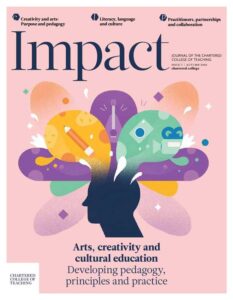Puppetry and playfulness: The role of the teacher when using arts organisations and programmes in schools
Written by: Teresa Smith

9 min read
Many schools choose to engage in professional partnerships with artists and arts organisations, whether they be school residencies, individual artists working in school settings or venue-based school excursions and education programmes. There have also been many studies in the last couple of decades, both nationally and internationally, that overwhelmingly reveal the positive outcomes for students of such partnerships. For example, Bamford (2006) highlights educational and cultural benefits, as well as benefits to health and socio-cultural wellbeing. Imms et al. extend these benefits to include, amongst others, ‘an increase in arts-related knowledge… a strengthened sense of confidence and communication skills; and new perspectives on creativity and the creative process’ (2011, p. 4). However, Bamford (2006) highlights the need for arts education provisions to be of high quality, value and worth, progressing skills, attitudes and performativity in students. It is simply not enough
Join us or sign in now to view the rest of this page
You're viewing this site as a guest, which only allows you to view a limited amount of content.
To view this page and get access to all our resources, join the Chartered College of Teaching (it's free for trainee teachers and half price for ECTs) or log in if you're already a member.
This article was published in September 2019 and reflects the terminology and understanding of research and evidence in use at the time. Some terms and conclusions may no longer align with current standards. We encourage readers to approach the content with an understanding of this context.
0
0
votes
Please Rate this content
Please login to comment
0 Comments
Oldest
Newest
Most Voted
Inline Feedbacks
View all comments










